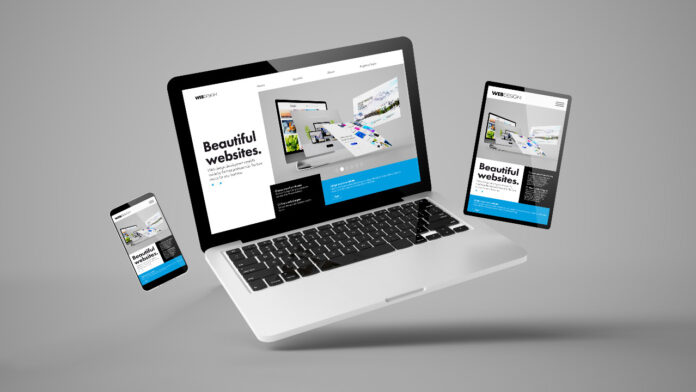
The past 12 months have abundantly clarified the importance of telling the story of our nonprofits online and with richer content than ever before. A nonprofit’s website is key to its ability to communicate. So what happens if no one is looking at it? A few key parts of the website story:
Have you considered how a user experiences your website? Where do they go first? How are they looking to navigate content? Consider asking your audience for input. Ask a donor. Ask a person served by your organization. Do they use a computer? A phone?
Does your website talk to the audience? Or is it talking at the audience? When was the last time you left a conversation where someone was talking at you that made you feel good? Consider the words you use and the tone of your message. The last thing a donor wants to hear is you patting yourself on the back — as if nothing they did (or gave) played a role. Be humble.
At the same time, the last thing a recipient of services, especially in human services nonprofits, needs to hear is how pathetic and helpless they are. Lift people up! That is not to say that you can’t share the struggles or convey compassion, but celebrate strengths as well. For example, a family experiencing homelessness does not need to be told they are in a crappy situation. They know that. They need to know how you are going to help and that they will not be made to feel as though it’s somehow their fault. Any of us could be one step away from being in their shoes at any point in time.
Look and feel matters. A website should always match the in-person experience. At the same time, it should be clean and professional. The last thing a donor wants to see is a website that is a jumbled mess. Giving time, treasure, or talent to a nonprofit is an investment. Take the time to work through your site design and smooth out the rough edges. It is definitely worth the investment.
Can you hear me now? The dreaded SEO. What does it mean, how does it work? Well, it is a lot more complicated than I can describe in a single paragraph, but it is real and has a huge impact on your ability to be heard. It is easy to look at your website as a static thing that you only update every few years, but that thought process can be the kiss of death. Find ways to consistently infuse new, rich content to your website on a regular basis. A blog is a great place to start. You can use it to share success stories from your organization or provide helpful tips to those accessing your services. There are many ways to approach it. Also, don’t look at your homepage as a rigid element. Consider making updates along the way.
Share your message. SEO is great and will help your organic reach, but what are you doing to get the message out to the people who need to hear it. Are you active on social media? If not, you’d better be. If you are feeling like your bandwidth is already stretched thin, consider using a social media scheduling tool. There are many options to pick from. Most have a small fee, but it is worth it. With a scheduler, you can plan out your entire social media schedule for the month — including everything from Facebook to TikTok to Google My Business — in one sitting with customized content for each. For years, it was thought that using these scheduling tools would significantly decrease the organic reach of your content, but this is no longer the case. My favorite is Loomly, but there are many options.
Anna Patty is the owner of Be the Good Consulting, LLC, in Cedar Rapids.




